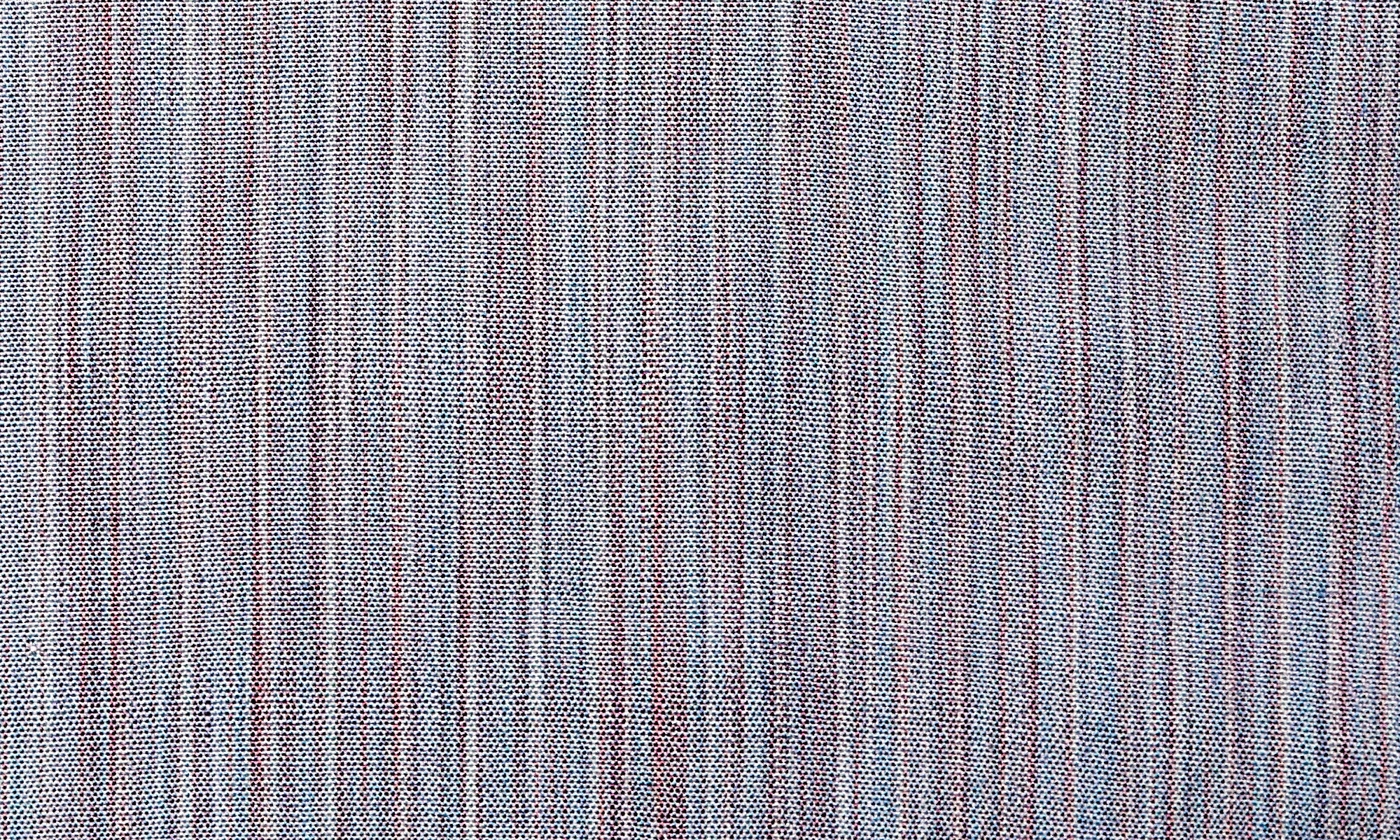A few years ago, I acquired several dirty fleeces. After sorting, I sent the best of the fiber to Mad River Mill in Waitsfield, Vermont. Owner Susan Snider efficiently turned my fiber into “wool bumps”. She also allowed me to visit and take videos of the process, which I turned into a multimedia presentation. The presentation, documenting from fleece acquisition through finished rugs is available to guilds and other organizations. After that initial project, I still had 6 of the 13 wool bumps left. Last summer at NEWS, I purchased a sampler dye kit from ProChem, conveniently with 6 different colors. Now they come together.

First each bump was made into a huge skein to facilitate absorbing the dye even through all the fiber. Each skein is about 100 yds, wrapped as wide as my arms could reach, so about 10 feet around.

Then I soaked each skein individually in solution of Synthropol and water overnight. This prepares the fibers for accepting the dye.

After mixing the dyebath – the dissolved dye powder, Synthropol, salt, citric acid (or vinegar) and tap water – I added the skeined wool and started heating over my large propane burner in the garage.

It took up to an hour to bring it up to a boil, depending on the air temp each day. Then it had to simmer for about an hour. It required frequent rearranging of the fiber, so I stayed close and read a magazine or spun on my Turkish spindle between stirrings. I was reading PLY magazine, the summer 2019 issue on suspended spindles, which was what led to the Turkish spindle play.

If needed, I added a bit of vinegar to the dypot to help the fiber soak up the last of the dye. When the dye ran fairly clear, I let the fiber cool in the dyepot overnight. By morning, all the dyebaths were clear. I rinsed the skeins in slightly warm water in the bathtub. (Clara was fascinated by this part of the process!)

I squeezed out as much water as I could and then draped the skein on a clothes rack or the ladder. I tried to keep the process cycling, doing one dyepot a day. Saturday I did 2, so the whole process took 5 days.

The colors from ProChem are Clay, Mahogany, Brown, Chestnut, Evergreen and Tan. I had 10g of each dye powder, which for the 19-23 oz of fiber in each bump equated to a medium to dark saturation. In some lights, the Clay and Tan have more of a green tint. I’m happy with all except the Mahogany. It turned out more of a magenta than the deep earthy color I had expected. Despite all the stirring and turning in the dyepot, I still got some darker spots on the fiber. It will add some interest to the final products.

The plan is to use the dyed corespun wool to weave some area rugs on my Glimakra countermarche loom. Each rug will be at least 3′ x 5′ with a linen rug warp. Here’s looking forward to the next step of this extended project!


